Materials for the Future
One of the greatest strengths of our research theme lies in the close interaction between experimental and computational approaches. UCL Chemistry also proudly hosts state-of-the-art sample-characterisation and super-computer facilities that are vital for our research. Several of our research groups interact closely with world-leading large-scale facilities such as the Diamond Light Source and the ISIS Neutron Source. Our research activities span the entire arc from fundamental materials research to collaborative work with industry partners. Recent research highlights include work on batteries and supercapacitors, organic solar cells, self-cleaning surfaces, the discovery of new materials with unusual electronic and magnetic properties, and new high-performance catalysts for chemical reactions.
Theme leaders: Dr Bob Schroeder, Prof. Christoph Salzmann, Prof. Robert Palgrave
Theme Academics:
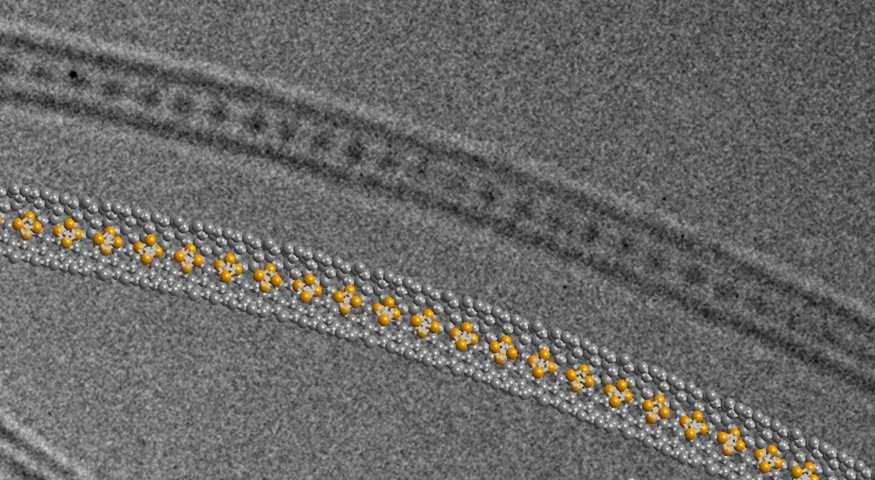
Prof. Christoph Salzmann
The research activities of the Salzmann group focus on the structural characterisation of complex materials including disordered crystals, amorphous, glassy and nanomaterials as well as liquids. The keen ambition is to establish links between the atomic structure of materials and their chemical and physical properties and performances. Building on this, complex phase transitions, crystallisation phenomena, chemical reactions in confinements and the chemistry of carbon nanomaterials are investigated.
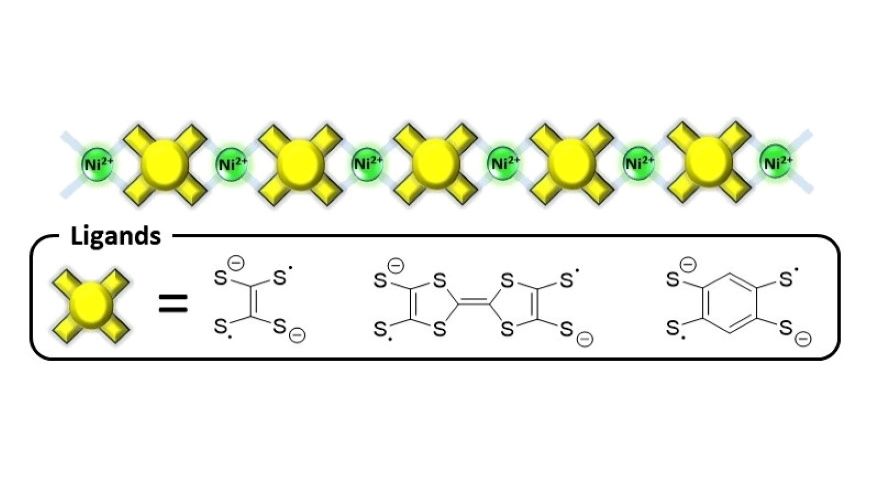
Dr Bob Schroeder
The Schroeder group is interested in designing and synthesising novel functional materials for organic electronics. We are particularly interested in finding solutions to current energy and healthcare challenges, by exploiting the unique properties of π-conjugated molecules and polymers. These include conducting polymers for thermoelectric energy generation, self-repairing materials for skin wearable electronics and new ligands for perovskite inspired photovoltaics.
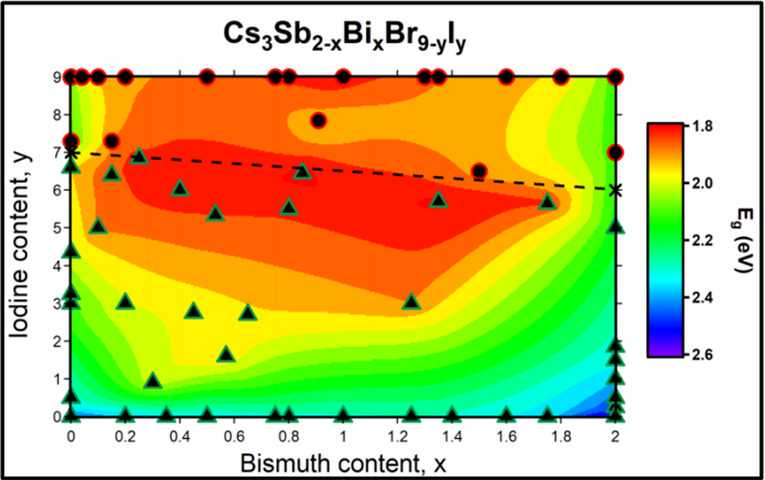
Prof. Robert Palgrave
The Palgrave Group work on solid state materials chemistry, focusing on synthesis of new materials for renewable energy applications (halide photovoltaics, battery materials, photocatalysts). A second theme is the study of ionic liquids. We also specialise in characterisation of a wide range of materials through photoemission spectroscopy. The overall aim is to discover new functional materials through understanding of electronic and crystal structure.
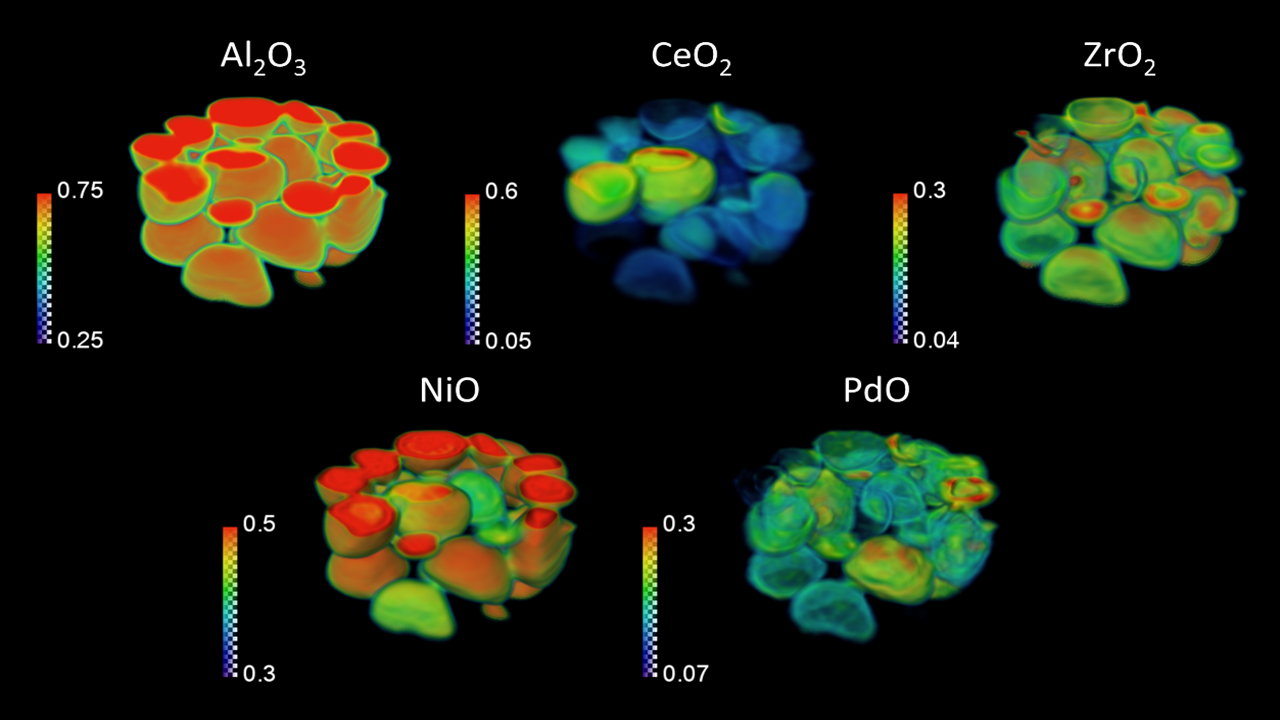
Prof. Andrew Beale
Our group is interested in establishing structure-function relationships in functional materials, including catalytic solids and energy materials as a function of both time and space using both X-ray & optical spectroscopic and scattering methods applied under in situ and operando conditions. Specific topics include the development of novel chemical imaging techniques for the study of single catalyst bodies/fuel cells/batteries and the development and characterisation of catalytic technologies for improving air quality and alternatives to fossil-fuel dependent processes.
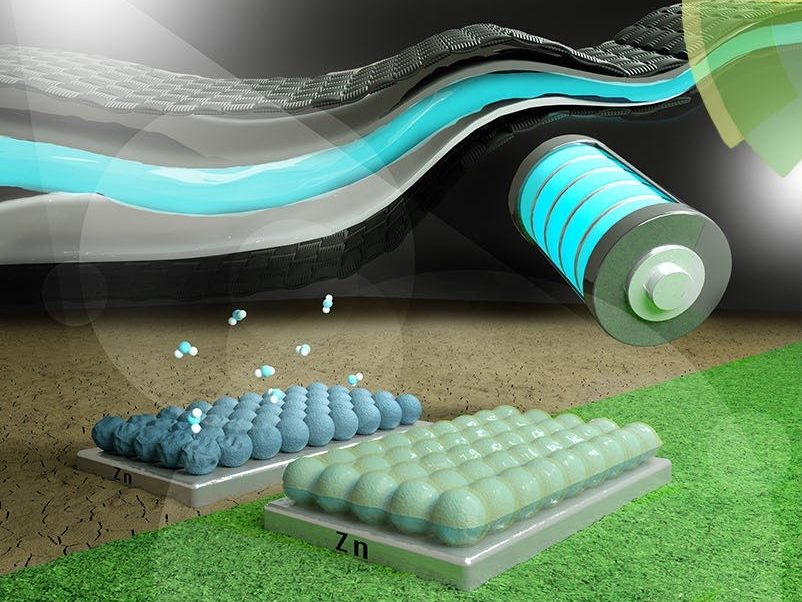
Prof. Claire Carmalt and Prof. Ivan Parkin
Research in the Carmalt and Parkin group focuses on clean energy, precursor synthesis and chemical vapour deposition (CVD). Materials for sustainable energy storage and conversion technologies, such as aqueous electrolyte systems, carbon dioxide reduction catalysts and water splitting devices are being developed. We also work on the development and isolation of molecular precursors, with minimal environmental and cost implications. These precursors are used for CVD to grow functional coatings for photovoltaic and optoelectronic applications, and offer more effective control over purity, stoichiometry and morphology of the films. CVD is also used to grow thin films on various substrates for photocatalytic, transparent conductors and antimicrobial applications.

Dr Tracey Clarke
The Clarke group focus on the laser spectroscopy of conjugated organic materials such as conducting polymers. In particular, we use Raman and transient absorption spectroscopy to explore these materials for applications such as organic photovoltaics and LEDs, seeking to establish structure-function relationships to enhance device efficiencies.
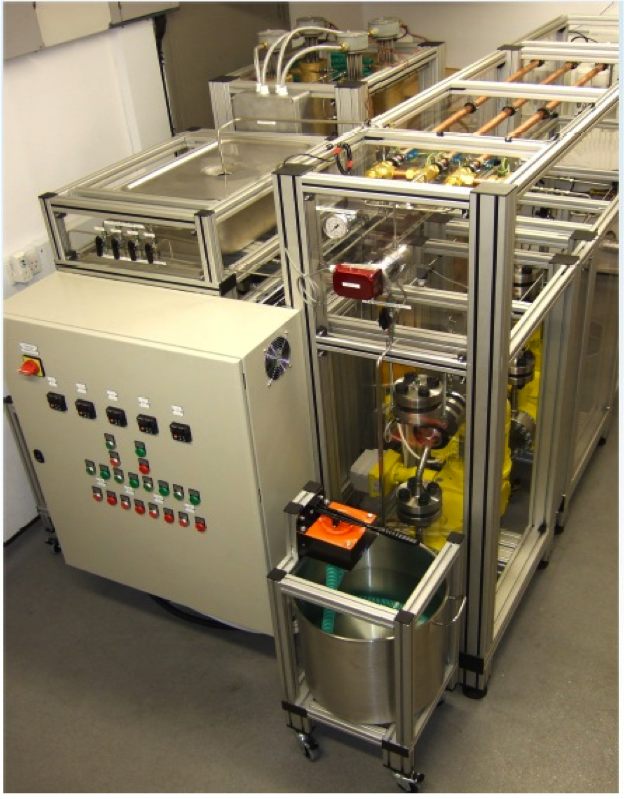
Prof. Jawwad Darr
Clean Materials Technology Group is led by Professor Jawwad Darr. The group seeks to use greener (supercritical water), controllable, rapid and scalable manufacturing technologies to develop advanced inorganic materials for the benefit of society. Applications include ceramic inks, energy materials, catalysts magnetic and dielectric materials and biomedical materials. A strong recent theme has been in the development of accelerated materials discovery methods to develop better battery materials.
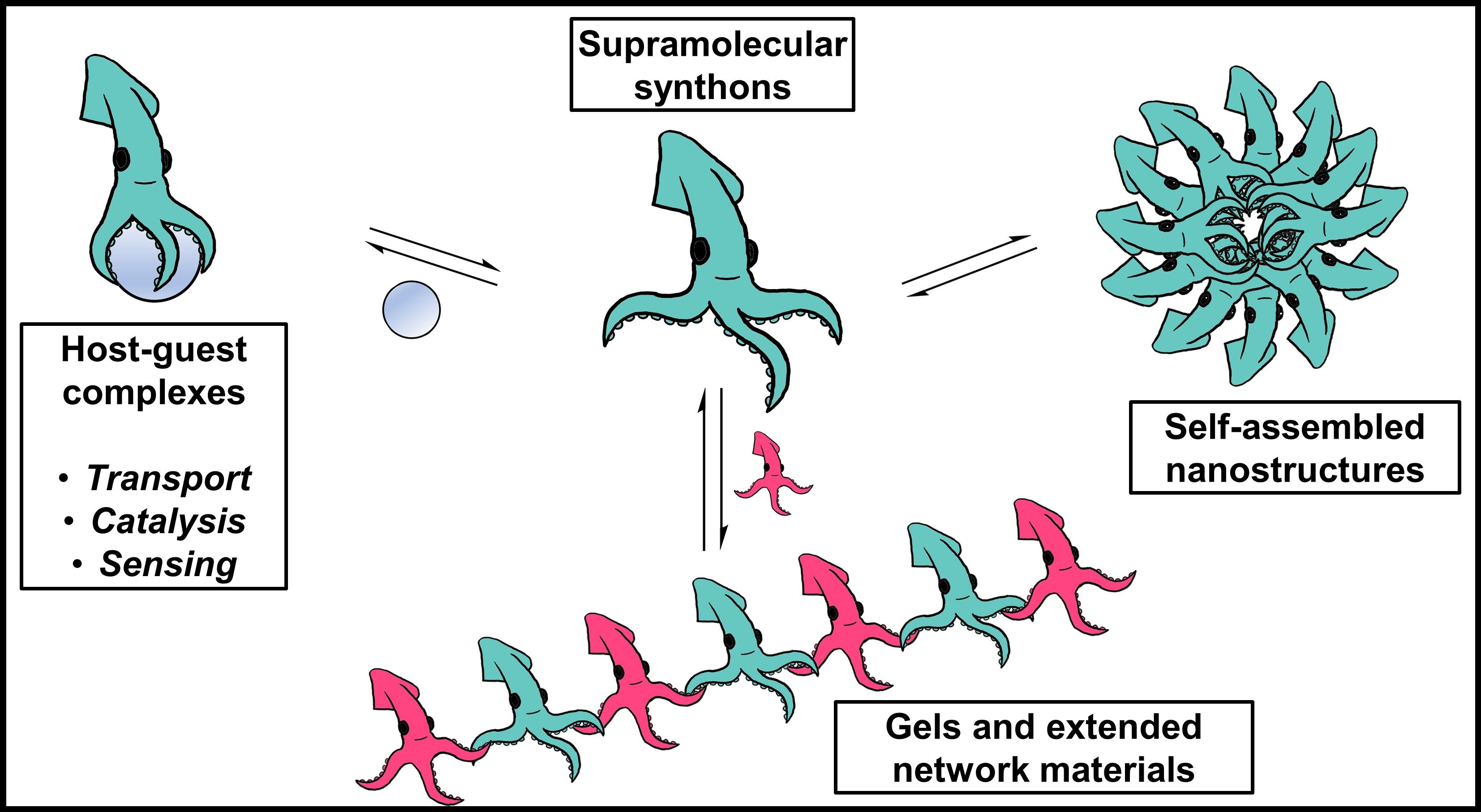
Dr Cally Haynes
The Haynes group work in synthetic supramolecular and coordination chemistry. We develop supramolecular synthons that can combine non-covalent interactions such as metal coordination, hydrogen bonding and hydrophobic effects to construct molecules and soft materials to perform new functions. We specialise in the study of inter- and intramolecular interactions and self-assembly processes. We are particularly interested in building stimuli-responsive systems that can interface with biology and mediate effects such as membrane permeabilization and biomolecular recognition.
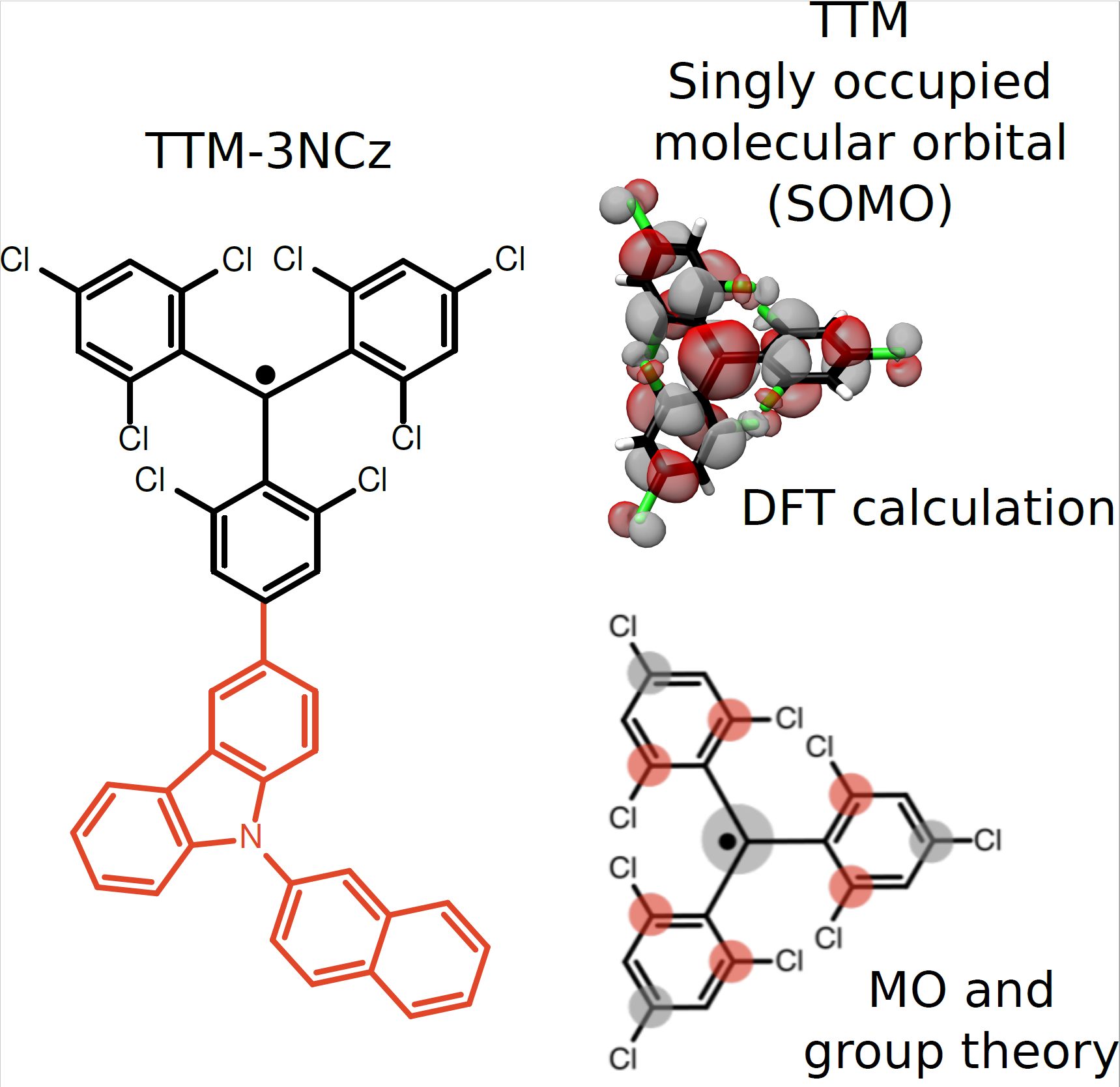
Dr Tim Hele
I'm a theoretical chemist researching the design of highly efficient organic light-emitting diodes and solar cells, especially those based on radicals. My research uses a mix of pen-and-paper theory, computation and experiment al collaboration to design, predict and explain optoelectronics.
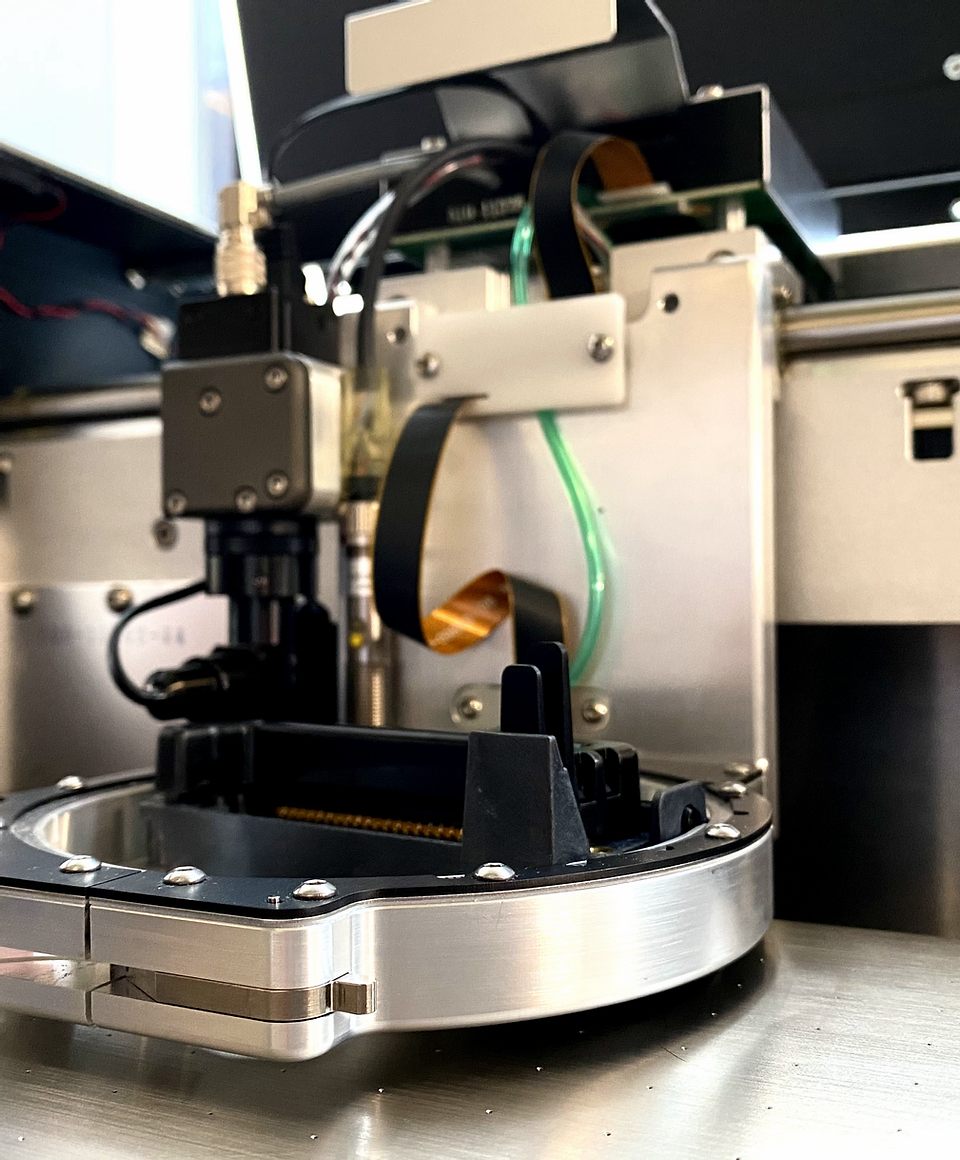
Dr Caroline Knapp
We are an inorganic synthesis and materials group interested in the design and properties of precursors. Research in the group began with the synthesis and isolation of molecular precursors for the deposition and inkjet printing of metals, especially Al, Cu and Ag. It has now expanded into the fields of main group and transition metal organometallic synthesis with applications in functional materials, electrochemistry and catalysis.
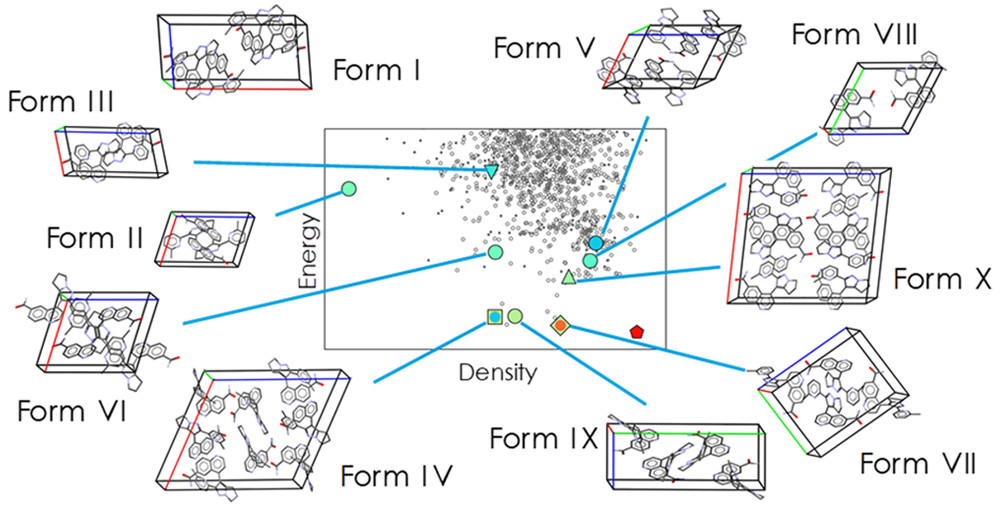
Prof. Sarah (Sally) Price FRS
The Control and Prediction of the Organic Solid State (CPOSS) group are developing computational methods of predicting the crystal structures adopted by organic molecules, ranging from pharmaceuticals to functional organic materials. We usually work with experimental groups seeking to establish the range of solid state structures that can be adopted. Our research involves developing theory to compute the relative energies of polymorphs, along with their physical properties, such as solubility, diamagnetic susceptibility and spectra, in order to design experiments to find new polymorphs and help characterise them.

Dr Sabrina Simoncelli
The Simoncelli group works at the interface between nano-photonics and biology. We combine advances in photonic nano-structures, which are materials that can confine light in nanoscale dimensions, with optical microscopy to image, sense and manipulate biological objects at the nano-scale. Our main biological application is in T-cells, which are white blood cells that are essential for human immunity.
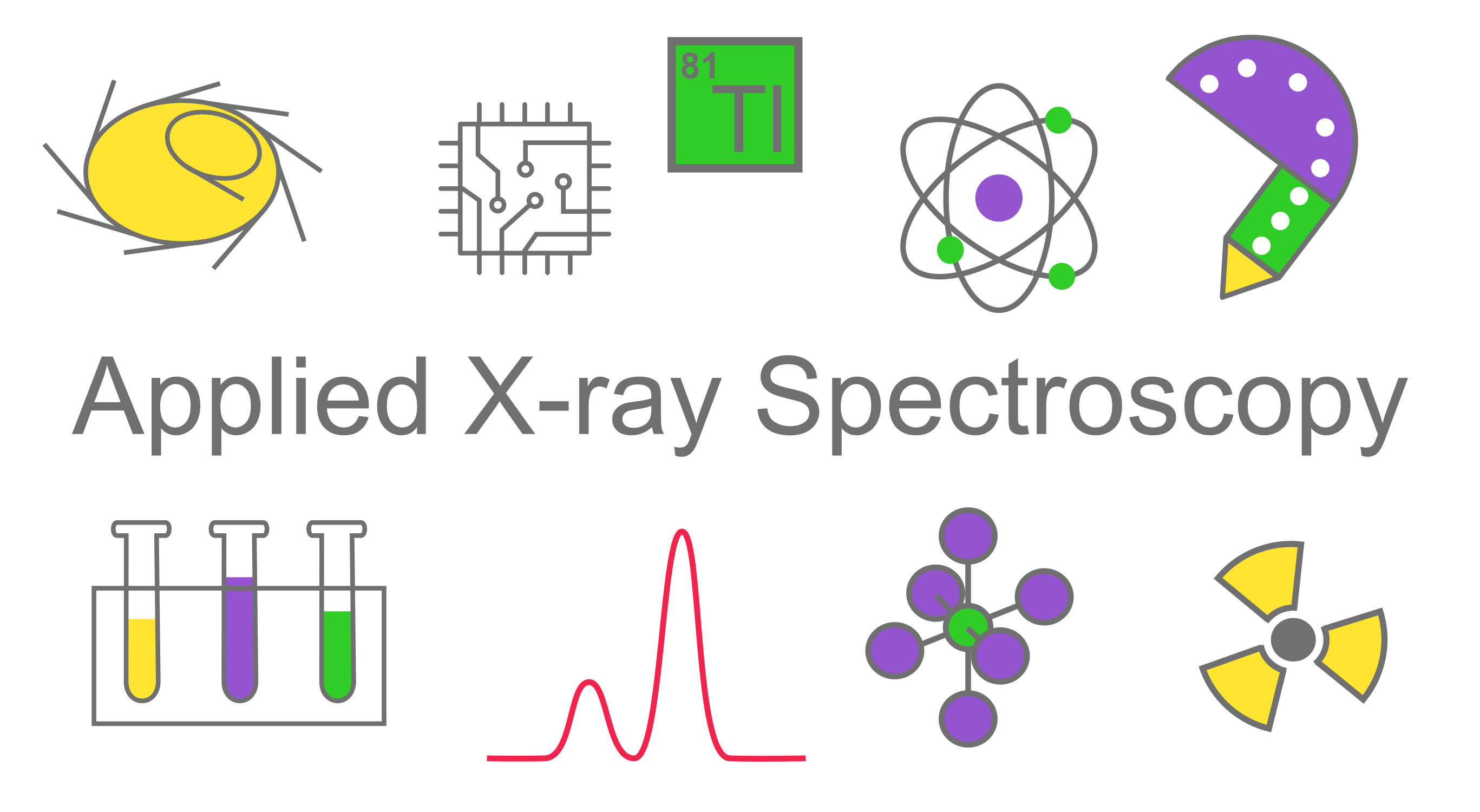
Dr Anna Regoutz
The group works in the general area of solid state chemistry with a strong focus on electronic materials. We specialise in the characterisation of materials using X-ray techniques, including photoelectron spectroscopy and diffraction, and in the synthesis of thin films and nanostructures of metals, metal oxides and more. We particularly target materials that are components of current and future generations of electronic devices.
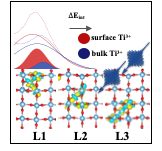
Prof. Geoff Thornton
Linking the crystallography of metal oxide nanostructures with their electronic structure, reactivity, electron dynamics and functionality in a variety of applications. Nanostructures include defect structures, nanodots and supported metal arrays, created by scanning probe manipulation or self-assembly. In addition to in-house instruments, work employs facilities at the European X-ray Free Electron Laser, Diamond Light Source and the Artemis Laser Facility at Harwell.
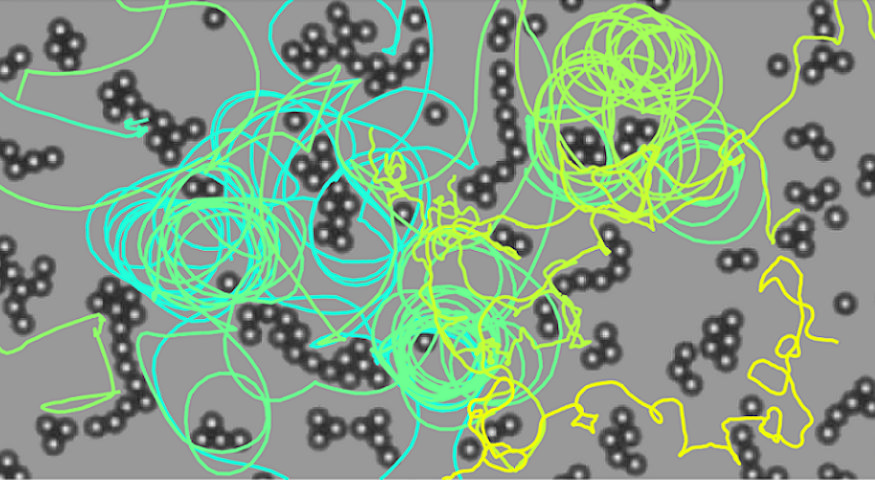
Dr Giorgio Volpe
The Soft Active Matter group studies artificial and biological soft active matter systems using a combination of techniques from soft matter, microscopy, photonics, statistical physics and nanofabrication. We are interested in the fundamental behaviours that emerge in these non-equilibrium systems as well as their applications to address societal challenges in healthcare and materials science.
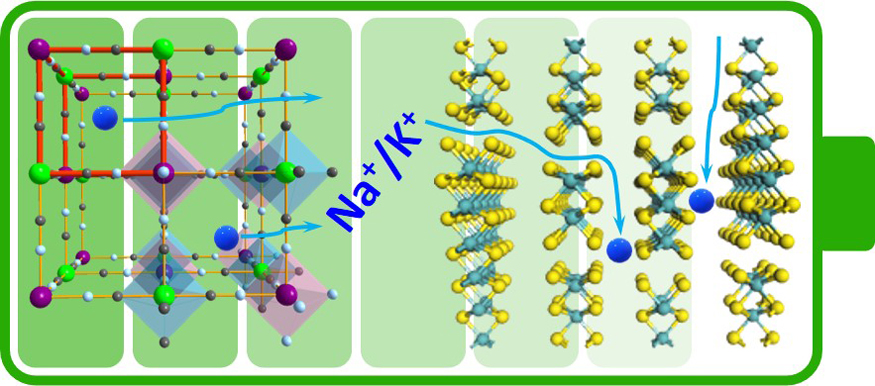
Dr Yang Xu
The Xu group is interested in designing and synthesising materials as well as understanding ion transport and storage in the materials at the nanometre scale for beyond-lithium energy storage chemistries and devices. We are exploiting a wide range of materials with characteristic crystal structures and atomic arrangements (local defects, short- and long-range disorder) and investigating how the characteristics change (electro)chemical processes occurring at electrode-electrolyte interface and in solid electrodes.
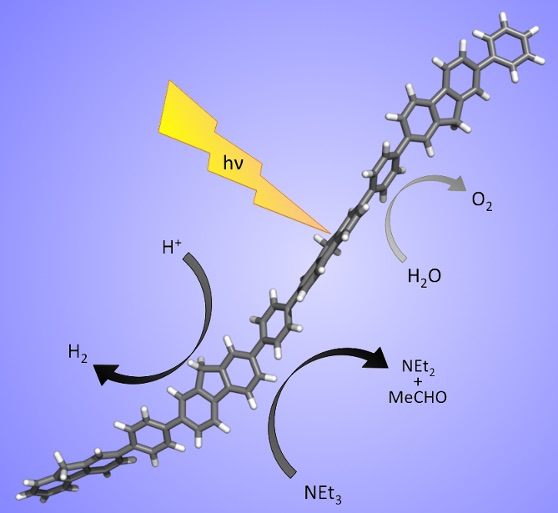
Prof. Martijn Zwijnenburg
In the Zwijnenburg group we use computational chemistry to predict the electronic and optical properties of materials such as organic small molecules, polymers and inorganic nanoparticles. We use these predictions together with our experimental collaborators as a guide in finding better materials for solar cells, batteries and as photocatalysts for water splitting and CO2 reduction. We also have an interest in the use of the combination of high-throughput virtual screening, cheminformatics and approximate computational chemistry methods to quickly screen the properties of very large libraries (100,000s) of molecules for these type of applications.
 Close
Close

